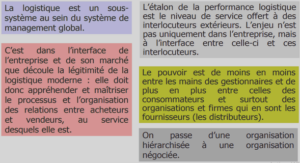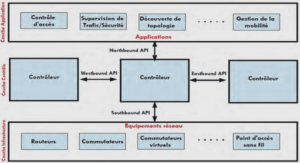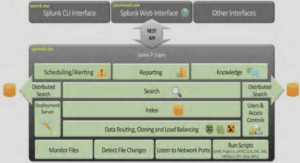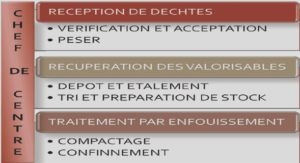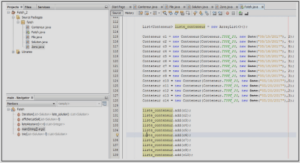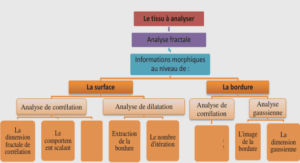In exploration geophysics, seismic experiments are widely used for the subsurface imaging and the reservoir management. The seismic waves can penetrate into the Earth and thus bring information about the geological structures involved in industrial production, located at a depth of a few kilometers in the subsurface. Conventional seismic exploration mainly takes advantage of the active seismic experiments, meaning the sources are artificially triggered, in opposition to the passive earthquake sources used in global seismology (Lay and Wallace, 1995; Dahlen and Tromp, 1998; Aki and Richards, 2002). The passive methods, such as interferometry have also been taken into account for exploration problems nowadays (Schuster et al., 2004; Schuster, 2016). In general, the study of a physical system can involve three essential elements: observed data, forward modeling and inverse problem (Tarantola, 2005). In the following, I review the principles of seismic imaging for exploration problems. Additionally, I also introduce the concept of scale separation (Claerbout, 1985) distinguishing different wavenumber components of the model, as it is the basis for many seismic imaging techniques. The reader is referred to Sheriff and Geldart (1995); Yilmaz (2001) for a broad introduction to seismic imaging.
Seismic data can be acquired in land and marine environments. In the land case, the source is usually a truck-mounted seismic vibrator and the receivers called geophones record the motion of particles. The receivers are typically deployed on both sides of the source at the surface . In a marine acquisition, the source is an air-gun and the receivers called hydrophones measure the pressure. The receivers are located on one side of the source, along several streamers towed by a marine seismic vessel . Alternatively, the receivers can also be located at the sea floor in an Ocean Bottom Cable configuration (MacLeod et al., 1999; Plessix and Perkins, 2010). In both land and marine cases, the presence of a drilled borehole can provide a different acquisition system called Vertical Seismic Profiling (VSP) (Balch and Lee, 1984; Hardage, 1985; Soni, 2014). The source is similar to the one in conventional experiments but receivers are located within a well . In the cross-well configuration, the source is a shot-hole dynamite, and sources and receivers are located in two different wells (Rector, 1995; Zhou et al., 1995; Plessix et al., 2000).
A trace of seismic data is the discrete-time signal measured at a single receiver. A group of traces recorded for the same source is usually displayed on a panel called common-shot gather or simply shot gather, with the time on the vertical axis and sourcereceiver distance (i.e. offset) on the horizontal axis. The shot gather records various types of structural responses to the excitated source . Particular events, for example surface waves in land data and ghosts in marine data, are commonly considered as noise in seismic exploration and have to be removed by preprocessing (Yilmaz, 2001), whereas global or engineering seismology may benefit from surface waves to characterize the near-surface structure (Xia et al., 1999; Socco and Strobbia, 2004; Shapiro et al., 2005; Pérez Solano, 2013). Among others, body waves are mainly considered in seismic imaging and can be categorized according to the paths that connect the source and the receiver. One group is labeled as transmitted waves, involving
• Direct wave – This type of wave travels across the superficial part of the model. The associated wave path is a straight line if the very shallow zone of the model is homogeneous;
• Diving wave – Wave-paths can be curved in the case of increasing velocities with depth. The effect may bend the waves back to the surface and the associated recording is called diving waves. Consequently, this type of waves only has a limited penetrating depth, especially for short offsets. They may arrive at the receiver with shorter time than the direct waves at large offsets;
• Refracted wave – With sharp property contrasts existing in the medium, the propagated waves can be refracted for the critical angles along these interfaces and then later return to the surface.
It is difficulty in practice to fully reconstruct the velocity model c with limited acquisitions (Virieux and Operto, 2009). Conventional surface acquisition system usually provides insufficient low frequencies, limited offsets and/or restricted azimuth coverage in the observed data. As demonstrated by Claerbout (1985), the model reconstructed from seismic data lacks intermediate spatial frequencies (i.e. wavenumbers). The recovered model mainly consists of two separate ranges in the spectrum , leading to the concept of scale separation that distinguishes between perturbation (high wavenumbers) and background (low wavenumbers) models (Jannane et al., 1989). The velocity model c is thus split into two parts,
c(x) = c0(x) + δc(x), (1.1)
In seismic imaging, it is common to deal with two types of information included in the surface measurements: the dynamic and the kinematics aspects. The dynamic aspect has a direct impact on the amplitudes of the seismic waves. It is related to the reflection/transmission coefficient, but also depends on the source wavelet, the source and receiver distributions, etc. On the other hand, the kinematics of wave propagation are mainly controlled by the long-wavelength part of the velocity model, and the main consequence on the seismic wave is the arrival time. It also has an impact on the amplitudes due to the geometrical spreading, the attenuation in a dissipative media, etc.
1 Introduction |

